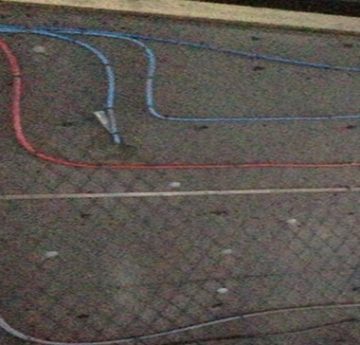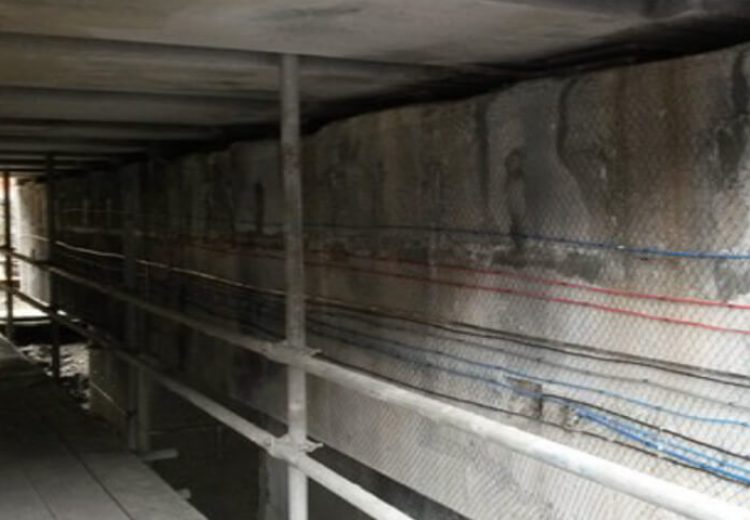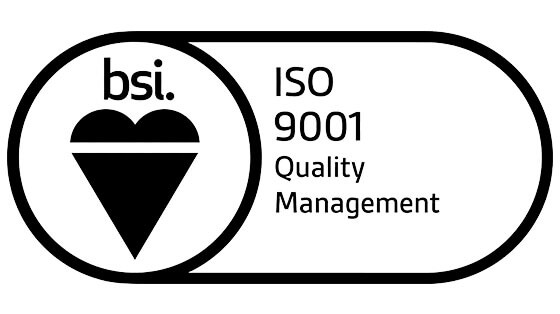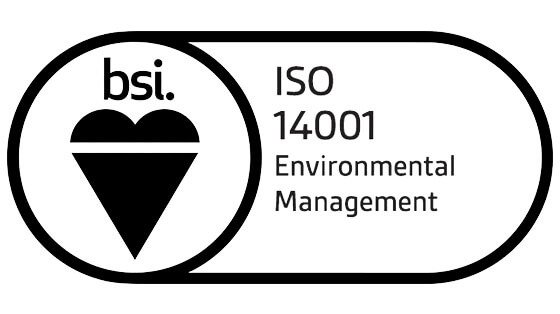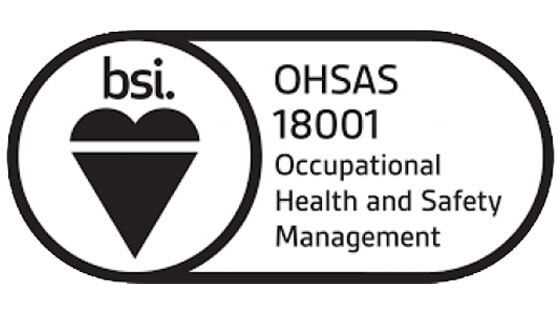Total specialist maintenance is a specialist concrete repair contractor and also offer specialist design and installation Galvanic and impressed current cathodic protection.
Total specialist are experienced in the supply and installation of the following cathodic protection systems.
- Galvanic sacrificial anodes
- Impressed current cathodic protection
- Hybrid Cathodic protection systems
